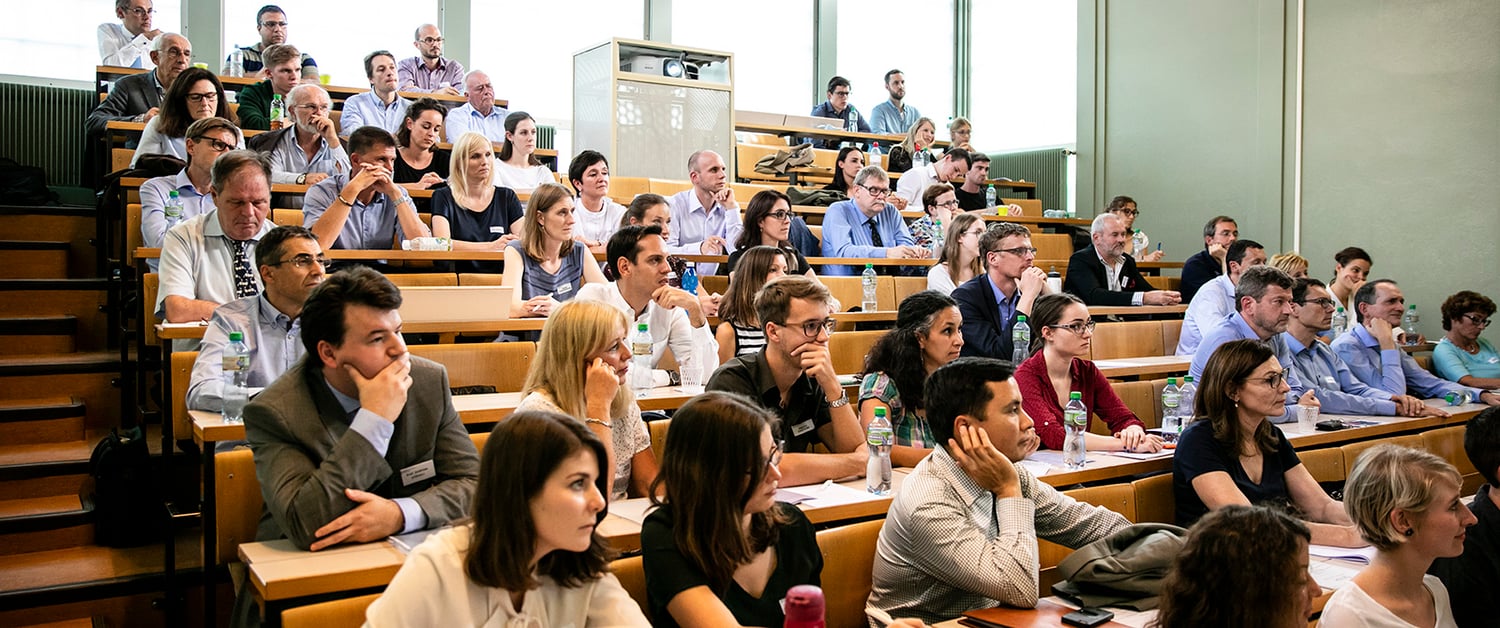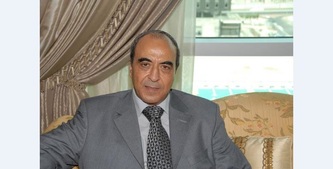Consultant expert, Dr. Muhammad Taha Département de Chimie Université de Fribourg (Suisse) Thermal runaway of the dried sewage sludge in the storage tanks : from molecular origins to technical measures of smouldering fire prevention
On Sale
$0.00
$8.99
Consultant expert, Dr. Muhammad Taha
Département de Chimie
Université de Fribourg (Suisse)
Thermal runaway of the dried sewage
sludge in the storage tanks :
from molecular origins to technical measures of
smouldering fire prevention
thèse
présentée à la Faculté des Sciences de l’Université
de Fribourg (Suisse) pour l’obtention du grade de
Doctor rerum naturalium
de Wünnewil-Flamatt (FR)
Thèse N ̊1582
Impression privée, Fribourg
Acceptée par la Faculté des Sciences de l’Université de Fribourg (Suisse) sur la
proposition du jury composé de :
Prof. Dr Peter Belser, Université de Fribourg, président du jury,
Prof. Dr Titus Jenny, Université de Fribourg, directeur de thèse, rapporteur,
Prof. Dr Carl-Wilhelm Schläpfer, Université de Fribourg, corapporteur,
Prof. Dr Serge Walter, École Nationale Supérieure de chimie de Mulhouse, corap-
porteur,
Dr Kurt Käser, École d’Ingénieurs et d’Architectes de Fribourg, corapporteur.
Fribourg, le 14 novembre 2007.
Le directeur de thèse et doyen Le vice-doyen
Prof. Dr Titus A. Jenny Prof. Dr Felix Mauch
Summary
A main portion of dried sewage sludge is incinerated in the cement industries. This
important waste is reduced to ashes and its energetic content is used as a refuse
derived fuel. During its storage, a significant temperature increase occurs which
induces sometimes a thermal runaway.
Responsible for this sudden temperature increase is a cascade of chemical events
which is initiated first by the oxidation of Fe(II), representing an important part
of total iron (Fetot 7 - 12 % dried solids content). A large fraction of this ferrous
iron consists of microcrystalline vivianite (Fe3(PO4)2 · 8 H2O). The heat release of
this oxidation combined with the catalytic effect of the resulting Fe(III) enables to
trigger the autoxidation of the organic matter.
Parallel to the iron oxidation, the sulfide is also involved in the self-heating
process occurring during the dried granules storage. Sulfide comes from the
degradation of the biological material and the reduction of the present sulfate.
Principally captured as FeS, the sulfide is then oxidized to elemental sulfur due
to the redox potential present in the sewage granules, which is mainly dictated
by the iron redox system. High temperature metastable γ - sulfur crystals form
spontaneously on the surface of stored granules, which confirms the important
amount of heat released during this oxidation.
Water absorption by the sewage granules also produces further heat, because
a exothermic hydration is taking place on the dried material. There are several
sources of water in this solid biowaste, responsible for this additional heat release.
Moreover the presence of water molecules favours the sulfide oxidation and therefore
the formation of sulfur crystals at high temperatures.
Dried sludge granules are excellent thermal insulators with low thermal heat
capacities. This explains the occurrence of a major temperature increase within big
storage tanks even in the case of a small energy release.
المستشار الخبير د.محمد طه
قسم الكيمياء
جامعة فريبورغ (سويسرا)
تسرب حراري لمياه الصرف الصحي الجافة
الحمأة في صهاريج التخزين:
من الأصول الجزيئية إلى المقاييس التقنية لـ
منع الحريق المشتعل
أُطرُوحَة
قدم إلى كلية العلوم بالجامعة
فريبورغ (سويسرا) للحصول على درجة
طبيب rerum naturalium
من Wünnewil-Flamatt (FR)
أطروحة N ̊1582
طباعة خاصة ، فرايبورج
تم قبولها من قبل كلية العلوم بجامعة فريبورغ (سويسرا) على
اقتراح لجنة التحكيم المكونة من:
معلم. الدكتور بيتر بيلسر ، رئيس لجنة التحكيم بجامعة فريبورغ ،
معلم. تيتوس جيني ، جامعة فريبورغ ، مشرف أطروحة ، مقرر ،
معلم. الدكتور كارل فيلهلم شلابفر ، جامعة فريبورغ ، المقرر المشارك ،
معلم. الدكتور سيرج والتر ، المدرسة الوطنية للكيمياء في ميلوز ، شارك
الناقل،
الدكتور كورت كاسر ، مدرسة المهندسين والمهندسين المعماريين في فريبورغ ، المقرر المشارك.
فرايبورغ 14 نوفمبر 2007.
مدير الرسالة وعميد الكلية
معلم. الدكتور تيتوس أ. جيني أ. الدكتور فيليكس ماوخ
ملخص
يتم حرق جزء رئيسي من حمأة مياه الصرف الصحي المجففة في صناعات الأسمنت. هذه
يتم تحويل النفايات المهمة إلى رماد ويستخدم محتواها النشط كنفايات
وقود مشتق. أثناء تخزينه ، تحدث زيادة كبيرة في درجة الحرارة
يؤدي في بعض الأحيان إلى هروب حراري.
المسؤول عن هذا الارتفاع المفاجئ في درجة الحرارة هو سلسلة من الأحداث الكيميائية
والتي تبدأ أولاً بأكسدة الحديد (II) ، والتي تمثل جزءًا مهمًا
من إجمالي الحديد (فيتوت 7 - 12٪ محتوى جوامد جافة). جزء كبير من هذه الحديدية
يتكون الحديد من فيفيانيت الجريزوفولفين (Fe3 (PO4) 2 8 H2O). إطلاق الحرارة
هذه الأكسدة مجتمعة مع التأثير الحفزي للحديد (III) الناتج تمكن من
تحفيز أكسدة المادة العضوية.
بالتوازي مع أكسدة الحديد ، يشارك الكبريتيد أيضًا في التسخين الذاتي
العملية التي تحدث أثناء تخزين الحبيبات المجففة. يأتي الكبريتيد من
تدهور المواد البيولوجية وتقليل الكبريتات الحالية.
يتم التقاط الكبريتيد بشكل أساسي باعتباره FeS ، ثم يتأكسد إلى عنصر الكبريت الناتج
إلى إمكانية الأكسدة الموجودة في حبيبات الصرف الصحي ، والتي تمليها بشكل أساسي
بواسطة نظام الأكسدة الحديدي. درجة حرارة عالية مستقرة γ - تتشكل بلورات الكبريت
بشكل عفوي على سطح الحبيبات المخزنة مما يؤكد أهميتها
كمية الحرارة المنبعثة خلال هذه الأكسدة.
كما ينتج عن امتصاص الماء بواسطة حبيبات مياه الصرف مزيدًا من الحرارة ، وذلك بسبب
يحدث ترطيب طارد للحرارة على المادة المجففة. هناك العديد
مصادر المياه في هذه الكتلة الحيوية الصلبة ، المسؤولة عن هذا الإطلاق الإضافي للحرارة.
علاوة على ذلك ، فإن وجود جزيئات الماء يساعد على أكسدة الكبريتيد وبالتالي
تشكيل بلورات الكبريت في درجات حرارة عالية.
تعتبر حبيبات الحمأة المجففة عوازل حرارية ممتازة ذات حرارة منخفضة
القدرات. هذا ما يفسر حدوث زيادة كبيرة في درجة الحرارة داخل كبيرة
صهاريج التخزين حتى في حالة إطلاق طاقة صغيرة.
Département de Chimie
Université de Fribourg (Suisse)
Thermal runaway of the dried sewage
sludge in the storage tanks :
from molecular origins to technical measures of
smouldering fire prevention
thèse
présentée à la Faculté des Sciences de l’Université
de Fribourg (Suisse) pour l’obtention du grade de
Doctor rerum naturalium
de Wünnewil-Flamatt (FR)
Thèse N ̊1582
Impression privée, Fribourg
Acceptée par la Faculté des Sciences de l’Université de Fribourg (Suisse) sur la
proposition du jury composé de :
Prof. Dr Peter Belser, Université de Fribourg, président du jury,
Prof. Dr Titus Jenny, Université de Fribourg, directeur de thèse, rapporteur,
Prof. Dr Carl-Wilhelm Schläpfer, Université de Fribourg, corapporteur,
Prof. Dr Serge Walter, École Nationale Supérieure de chimie de Mulhouse, corap-
porteur,
Dr Kurt Käser, École d’Ingénieurs et d’Architectes de Fribourg, corapporteur.
Fribourg, le 14 novembre 2007.
Le directeur de thèse et doyen Le vice-doyen
Prof. Dr Titus A. Jenny Prof. Dr Felix Mauch
Summary
A main portion of dried sewage sludge is incinerated in the cement industries. This
important waste is reduced to ashes and its energetic content is used as a refuse
derived fuel. During its storage, a significant temperature increase occurs which
induces sometimes a thermal runaway.
Responsible for this sudden temperature increase is a cascade of chemical events
which is initiated first by the oxidation of Fe(II), representing an important part
of total iron (Fetot 7 - 12 % dried solids content). A large fraction of this ferrous
iron consists of microcrystalline vivianite (Fe3(PO4)2 · 8 H2O). The heat release of
this oxidation combined with the catalytic effect of the resulting Fe(III) enables to
trigger the autoxidation of the organic matter.
Parallel to the iron oxidation, the sulfide is also involved in the self-heating
process occurring during the dried granules storage. Sulfide comes from the
degradation of the biological material and the reduction of the present sulfate.
Principally captured as FeS, the sulfide is then oxidized to elemental sulfur due
to the redox potential present in the sewage granules, which is mainly dictated
by the iron redox system. High temperature metastable γ - sulfur crystals form
spontaneously on the surface of stored granules, which confirms the important
amount of heat released during this oxidation.
Water absorption by the sewage granules also produces further heat, because
a exothermic hydration is taking place on the dried material. There are several
sources of water in this solid biowaste, responsible for this additional heat release.
Moreover the presence of water molecules favours the sulfide oxidation and therefore
the formation of sulfur crystals at high temperatures.
Dried sludge granules are excellent thermal insulators with low thermal heat
capacities. This explains the occurrence of a major temperature increase within big
storage tanks even in the case of a small energy release.
المستشار الخبير د.محمد طه
قسم الكيمياء
جامعة فريبورغ (سويسرا)
تسرب حراري لمياه الصرف الصحي الجافة
الحمأة في صهاريج التخزين:
من الأصول الجزيئية إلى المقاييس التقنية لـ
منع الحريق المشتعل
أُطرُوحَة
قدم إلى كلية العلوم بالجامعة
فريبورغ (سويسرا) للحصول على درجة
طبيب rerum naturalium
من Wünnewil-Flamatt (FR)
أطروحة N ̊1582
طباعة خاصة ، فرايبورج
تم قبولها من قبل كلية العلوم بجامعة فريبورغ (سويسرا) على
اقتراح لجنة التحكيم المكونة من:
معلم. الدكتور بيتر بيلسر ، رئيس لجنة التحكيم بجامعة فريبورغ ،
معلم. تيتوس جيني ، جامعة فريبورغ ، مشرف أطروحة ، مقرر ،
معلم. الدكتور كارل فيلهلم شلابفر ، جامعة فريبورغ ، المقرر المشارك ،
معلم. الدكتور سيرج والتر ، المدرسة الوطنية للكيمياء في ميلوز ، شارك
الناقل،
الدكتور كورت كاسر ، مدرسة المهندسين والمهندسين المعماريين في فريبورغ ، المقرر المشارك.
فرايبورغ 14 نوفمبر 2007.
مدير الرسالة وعميد الكلية
معلم. الدكتور تيتوس أ. جيني أ. الدكتور فيليكس ماوخ
ملخص
يتم حرق جزء رئيسي من حمأة مياه الصرف الصحي المجففة في صناعات الأسمنت. هذه
يتم تحويل النفايات المهمة إلى رماد ويستخدم محتواها النشط كنفايات
وقود مشتق. أثناء تخزينه ، تحدث زيادة كبيرة في درجة الحرارة
يؤدي في بعض الأحيان إلى هروب حراري.
المسؤول عن هذا الارتفاع المفاجئ في درجة الحرارة هو سلسلة من الأحداث الكيميائية
والتي تبدأ أولاً بأكسدة الحديد (II) ، والتي تمثل جزءًا مهمًا
من إجمالي الحديد (فيتوت 7 - 12٪ محتوى جوامد جافة). جزء كبير من هذه الحديدية
يتكون الحديد من فيفيانيت الجريزوفولفين (Fe3 (PO4) 2 8 H2O). إطلاق الحرارة
هذه الأكسدة مجتمعة مع التأثير الحفزي للحديد (III) الناتج تمكن من
تحفيز أكسدة المادة العضوية.
بالتوازي مع أكسدة الحديد ، يشارك الكبريتيد أيضًا في التسخين الذاتي
العملية التي تحدث أثناء تخزين الحبيبات المجففة. يأتي الكبريتيد من
تدهور المواد البيولوجية وتقليل الكبريتات الحالية.
يتم التقاط الكبريتيد بشكل أساسي باعتباره FeS ، ثم يتأكسد إلى عنصر الكبريت الناتج
إلى إمكانية الأكسدة الموجودة في حبيبات الصرف الصحي ، والتي تمليها بشكل أساسي
بواسطة نظام الأكسدة الحديدي. درجة حرارة عالية مستقرة γ - تتشكل بلورات الكبريت
بشكل عفوي على سطح الحبيبات المخزنة مما يؤكد أهميتها
كمية الحرارة المنبعثة خلال هذه الأكسدة.
كما ينتج عن امتصاص الماء بواسطة حبيبات مياه الصرف مزيدًا من الحرارة ، وذلك بسبب
يحدث ترطيب طارد للحرارة على المادة المجففة. هناك العديد
مصادر المياه في هذه الكتلة الحيوية الصلبة ، المسؤولة عن هذا الإطلاق الإضافي للحرارة.
علاوة على ذلك ، فإن وجود جزيئات الماء يساعد على أكسدة الكبريتيد وبالتالي
تشكيل بلورات الكبريت في درجات حرارة عالية.
تعتبر حبيبات الحمأة المجففة عوازل حرارية ممتازة ذات حرارة منخفضة
القدرات. هذا ما يفسر حدوث زيادة كبيرة في درجة الحرارة داخل كبيرة
صهاريج التخزين حتى في حالة إطلاق طاقة صغيرة.




